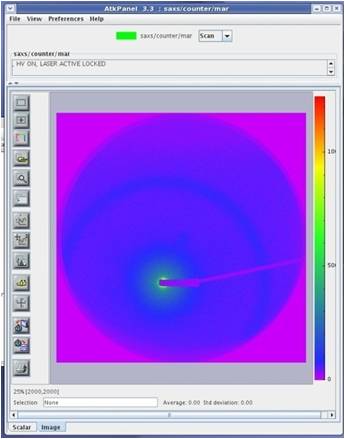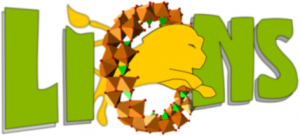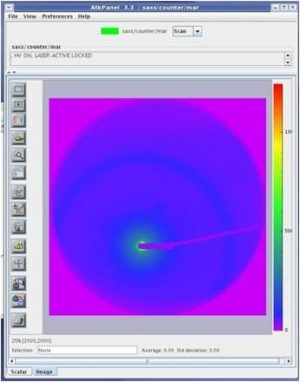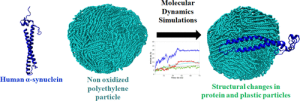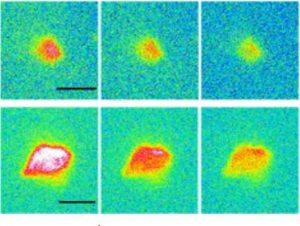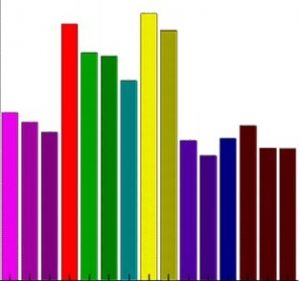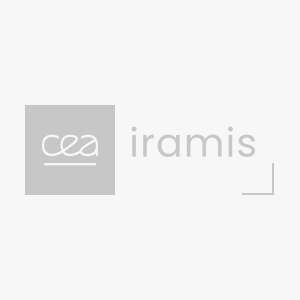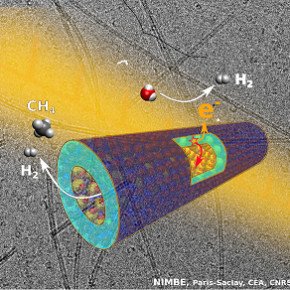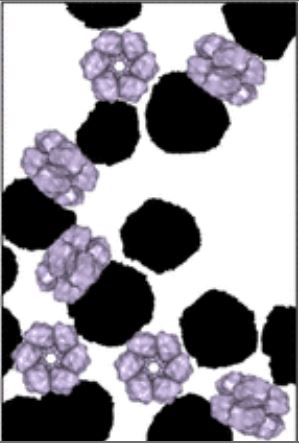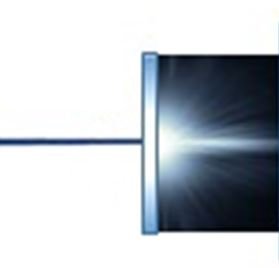Laboratory experiments are increasingly composed of electronic hardware and computer controlled. In most cases the quality of the equipment (mechanical, electronics) is very good but the software is inadequate and not very flexible to the needs of researchers.
LIONS chose to use the open source control system TANGO developed by a collaboration of European synchrotrons ans scientific institutes (ESRF, SOLEIL...).
This system can interface easily each component of the experience, whether hardware (sensors, motors, …) or software, and distribute them over a network. TANGO operates much like a software bus, allowing all system components communicate.
TANGO provides generic tools for configuration, testing, deployment, supervision. This facilitates the developments and changes to the experiments.
The collaborative effort propose various software, programming langages, user interfaces, or devices drivers…
LIONS have developped a lot of Device Servers for his own hardwares and a Python user interface.
Complete report of the engineer project of Olivier Taché (pdf in french 5 Mo)Slides of the presentation for the engineer project (pdf in french 2 Mo)
